Alright, you’ve hit a snag in your cooking adventure – that jar of Creole mustard you swore was in the back of the fridge is nowhere to be found. No biggie.
We’ve all been there, trying to pull together a dish that just needs that one ingredient we’re fresh out of. Creole mustard’s unique, but guess what?
There are some pretty great stand-ins that might just be hanging out in your pantry or fridge right now.
This list isn’t about settling for second best; it’s about discovering some cool swaps that keep your food game on point without a last-minute grocery run.
Sounds good? Keep reading.
What is Creole Mustard?

Creole mustard is a spicy, tangy condiment with a long history in Louisiana cooking.
Also known as New Orleans-style mustard, it is made from a coarsely ground mixture of brown and yellow mustard seeds, vinegar, spices, and herbs.
The resulting paste is thick and hearty, with a deep yellow color and a fiery kick.
Unlike other mustards, which are typically used as an ingredient in other dishes, Creole mustard is often eaten on its own as a sandwich spread or dip.
It can also be used to add flavor to meats, vegetables, and even salads.
Whether you’re looking for a new way to spice up your cooking or simply want to try something different, Creole mustard is definitely worth a try.
The 5 Best Substitutes for Creole Mustard
If you can’t find creole mustard, don’t worry.
There are plenty of other mustards that can be used as a replacement.
Here are the five best substitutes for creole mustard:
1 – Dijon Mustard
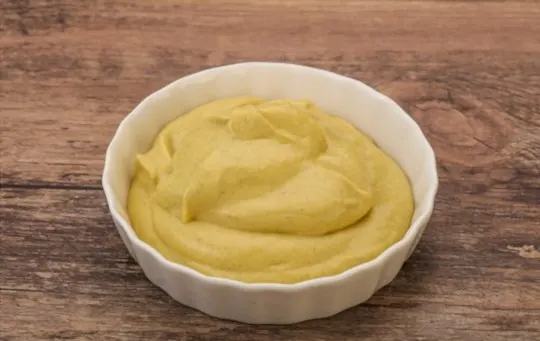
Dijon mustard is a type of mustard that originates from the city of Dijon, France.
It is made with brown mustard seeds and white wine and has a sharp, somewhat tangy flavor.
The texture of Dijon mustard is smooth and creamy, making it a good choice for spreading on sandwiches or using as a dip.
When substituting Dijon mustard for Creole mustard, it is important to keep the ratio of acid to fat in mind.
Dijon mustard is considerably more acidic than Creole mustard, so you may need to add a bit more fat (such as olive oil) to balance out the flavors.
2 – Yellow Mustard
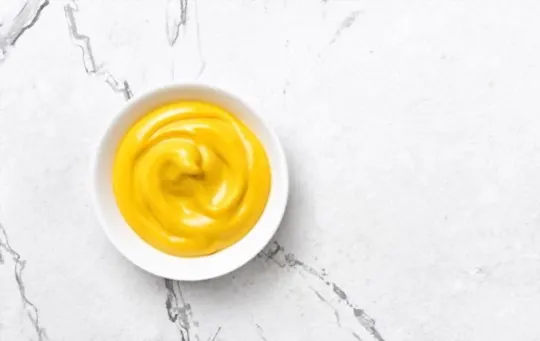
Yes, yellow mustard is the standard condiment for hot dogs and hamburgers.
But this common condiment is so much more than just a picnic staple.
Yellow mustard is actually a type of mustard seed that is native to the Mediterranean region.
The seeds are ground up and mixed with water, vinegar, and spices to create the familiar yellow condiment that we know and love.
But what does yellow mustard taste like? While the flavor of yellow mustard can vary depending on the brand, it is generally described as being sharp and tangy with a slightly sweet undertone.
The texture is creamy and smooth, making it easy to spread on sandwiches or use as a dip.
Now you may be wondering how yellow mustard stacks up against other types of mustard, such as Creole mustard.
While they both have their own unique flavor profiles, yellow mustard can be used as a substitute for Creole mustard in many recipes.
3 – Honey Mustard
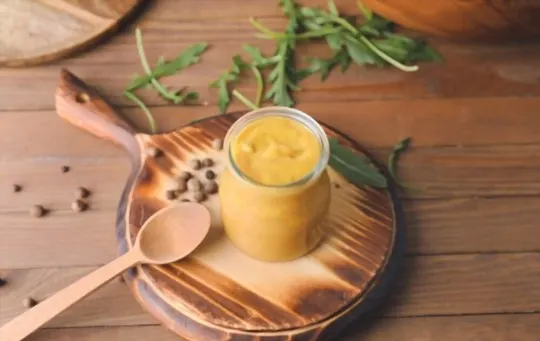
Honey mustard is a type of condiment made by combining mustard and honey.
It is often used as a sandwich spread or a dip for pretzels and chicken fingers.
The taste of honey mustard varies depending on the ratio of honey to mustard used, but it is typically sweet with a tangy kick from the mustard.
The texture is thick and creamy, similar to most other types of mustard.
Honey mustard can be easily made at home by whisking together equal parts honey and mustard.
It can also be purchased at most grocery stores.
When substituting honey mustard for other types of mustard, it is important to keep the sweetness in mind.
Honey mustard is an excellent replacement for Creole mustard in recipes that call for a sweet and tangy flavor profile.
4 – Spicy Brown Mustard
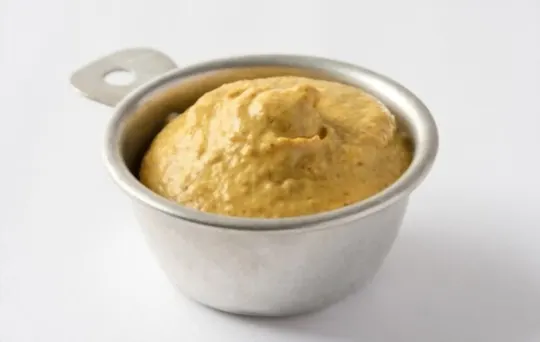
Spicy Brown Mustard is a type of mustard seed that is used to make the popular condiment.
It has a strong, pungent flavor that is perfect for adding zest to sandwiches and burgers.
The seeds are also used in pickling and can be used as a flavoring agent in cooking.
Spicy Brown Mustard is available in most grocery stores and can be found in the condiment aisle.
It is usually sold in a jar or bottle and has a shelf life of up to two years.
When choosing a mustard, it is important to select one that is fresh and has no added preservatives.
5 – Stone-Ground Mustard
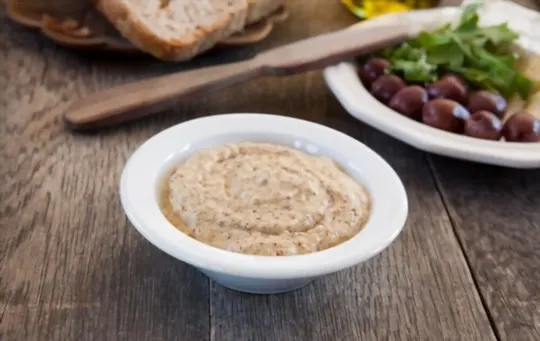
Stone-ground mustard is a type of mustard that is made by grinding whole mustard seeds into a fine powder.
It has a strong, pungent flavor and a gritty texture.
Stone-ground mustard can be used as a substitute for Creole mustard in recipes.
When substituting it, use half as much stone-ground mustard as you would Creole mustard.
Stone-ground mustard is also a good addition to vinaigrettes and sauces.
It can be used as a condiment on sandwiches and burgers or mixed into mayonnaise or cream cheese to make spreads.
Conclusion
In conclusion, there are a variety of mustard substitutes that can be used in recipes calling for Creole mustard.
Each type of mustard has its own unique flavor and texture, so it is important to choose the right substitute based on the desired taste and consistency.
Yellow mustard, Dijon mustard, honey mustard, and stone-ground mustard are all viable substitutes for Creole mustard.
When substituting mustard, it is important to keep the desired flavor profile in mind.
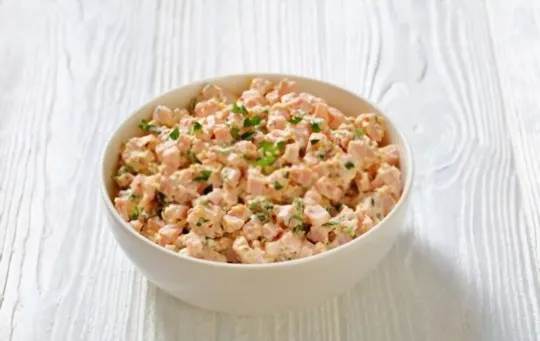
The 5 Best Substitutes for Creole Mustard
Ingredients
- Dijon Mustard
- Yellow Mustard
- Honey Mustard
- Spicy Brown Mustard
- Stone-Ground Mustard
Instructions
- Pick your favorite substitute from the list above.
- Follow cooking directions for your selected substitute with the proper ratio of ingredients.

Andrew Gray is a seasoned food writer and blogger with a wealth of experience in the restaurant and catering industries. With a passion for all things delicious, Andrew has honed his culinary expertise through his work as a personal chef and caterer.
His love for food led him to venture into food writing, where he has contributed to various online publications, sharing his knowledge and insights on the culinary world. As the proud owner of AmericasRestaurant.com, Andrew covers a wide range of topics, including recipes, restaurant reviews, product recommendations, and culinary tips.
Through his website, he aims to inspire and educate fellow food enthusiasts, offering a comprehensive resource for all things food-related.

Leave a comment